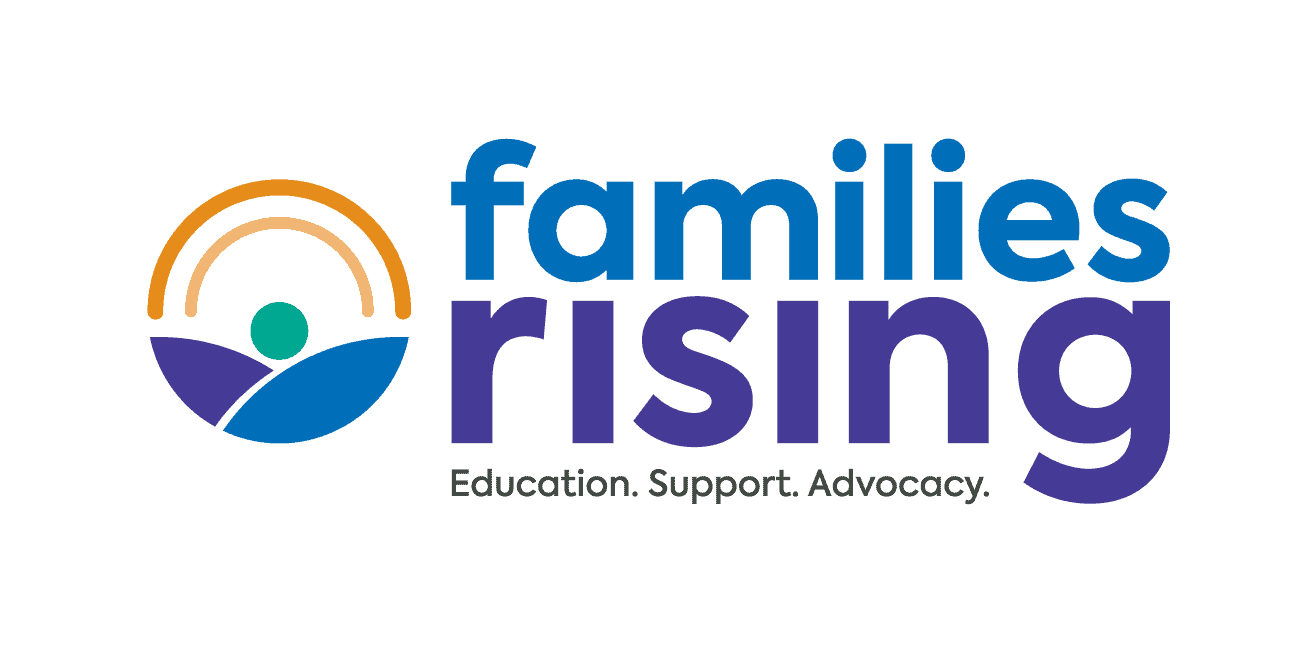Claiming the Federal Adoption Tax Credit for 2023
Updated September 2023
For adoptions finalized in 2023, there is a federal adoption tax credit of up to $15,950 per child. The 2023 adoption tax credit is NOT refundable, which means taxpayers can only use the credit if they have federal income tax liability (see below).
The credit applies one time for each adopted child and should be claimed when taxpayers file taxes for 2023.
To be eligible for the credit, parents must:
- Have adopted a child other than a stepchild — A child must be either under 18 or be physically or mentally unable to take care of him or herself.
- Be within the income limits — Income affects how much of the credit parents can claim. In 2023, families with a modified adjusted gross income below $239,230 can claim full credit. Those with incomes from $239,230 to $279,230 can claim partial credit, and those with incomes above $279,230 cannot claim the credit.
The Amount of Credit to Be Claimed
Families who finalize the adoption of a child with special needs in 2023 and fulfill the eligibility requirements above, can claim the full credit of $15,950 whether or not they had any expenses. (This doesn’t mean they will actually receive a refund—claiming is different from being able to benefit. See below.)
Example — A woman adopts three of her grandchildren from foster care, and the state paid all of the fees. All three children receive monthly adoption assistance benefits and thus are considered special needs. Because the grandmother earns less than $239,230, she can claim the full credit of $15,950 per child for a total of $47,850.
Other adopters can claim a credit based on their qualified adoption expenses, which are the reasonable and necessary expenses paid to complete the adoption that have not been reimbursed by anyone else. If the expenses are less than $15,950, the adopters claim only the amount of those expenses. However, if the expenses exceed $15,950, the adopters can claim up to, but no more than, $15,950, per child.
Example — A couple adopted two children from China and had $40,000 in legal, travel, and agency fees. They can claim only $31,900—$15,950 per child. If their modified adjusted gross income was between $239,230 and $279,230, they would receive only a portion of the credit, since the credit begins to phase out at incomes of $239,230.
When to Claim the Credit
Parents who adopt a child with special needs and are not basing their request on expenses should claim the credit the year of finalization. Parents who adopt internationally cannot claim the credit until the year of finalization. Parents who are adopting from the U.S. and claiming qualified adoption expenses can claim the credit the year of finalization or the year after they spent the funds.
Example — A family begins adopting a U.S. infant in 2021 and incurs $4,000 in expenses in 2021, $5,000 in 2022, and $3,000 in 2023. The adoption finalizes in 2023. The parents must claim the $4,000 spent in 2021 on their 2022 taxes. They cannot claim the $5,000 and $3,000 until they file their 2023 taxes.
Qualifying as Special Needs
Families who finalized the adoption of a child who has been determined to have special needs in 2023 can claim the full credit of $15,950 regardless of their adoption expenses. The credit for all other adopted children is based on the family’s qualified adoption expenses.
Basically, a child with special needs is a child in U.S. foster care who receives adoption subsidy or adoption assistance program benefits (which can include a monthly payment, Medicaid, or reimbursement of nonrecurring expenses). The instructions for the 2022 tax credit explain that to be considered a child with special needs, the child must meet all three of the following characteristics:
- “The child was a citizen or resident of the United States or its possessions at the time the adoption effort began (US child).
- A state (including the District of Columbia) has determined that the child cannot or should not be returned to his or her parents’ home.
- The state has determined that the child will not be adopted unless assistance is provided to the adoptive parents. Factors used by states to make this determination include:
- The child’s ethnic background and age,
- Whether the child is a member of a minority or sibling group, and
- Whether the child has a medical condition or a physical, mental, or emotional handicap.”
Just because a child is disabled does not mean the child is considered special needs. No child adopted internationally is considered special needs for the adoption tax credit. Not even every child adopted from foster care is considered special needs (about 10 percent of children adopted from care do not receive adoption assistance support). Those who do not receive any support from the adoption assistance program are likely not to have been determined to have special needs.
Bottom line, if your child does not receive adoption subsidy/adoption assistance benefits, you will need to have qualified expenses to claim the credit.
Interaction with the Child Tax Credit
The Child Tax Credit changed in 2018, there was also a temporary change in 2021. The amount is now $2,000 per child, but only $1,500 of it can become the refundable additional child tax credit (dependent on the family’s earned income), with the remaining $500 a non-refundable Child Tax Credit. This credit will supersede the adoption tax credit when reducing the tax liability.
To determine the amount of the Child Tax Credit and Additional Child Tax Credit a family uses, a family must complete the Child Tax Credit Worksheet in IRS Schedule 8812. Software and tax preparers will automatically calculate these amounts.
Taxpayers who can answer “Yes” on the last line of the Child Tax Credit Worksheet may be eligible for the Additional Child Tax Credit, which is a refundable credit (meaning they can claim the credit regardless of their tax liability). To claim the Additional Child Tax Credit, parents must complete IRS Schedule 8812.
How Much Taxpayers Will Benefit
How much, if any, of the adoption tax credit a parent will receive depends on their federal income tax liability in 2023 (and the next five years). In one year, taxpayers can use as much of the credit as the full amount of their federal income tax liability, which is the amount on line 18 of the Form 1040 less certain other credits (see Child Tax Credit above). Even those who normally get a refund may still have tax liability and could get a larger refund with the adoption tax credit. Taxpayers have six years (the year they first claimed the credit plus five additional years) to use the credit.
People who do not have federal income tax liability will not benefit this year. We encourage them to claim the credit and carry it forward to future years since the credit may become refundable again in the future.
Below are a couple of examples of how the tax credit might benefit families who finalized adoptions in 2023. (These are simplified examples.)
Example 1 — A couple adopted two brothers who had been determined to have special needs. The parents had $6,500 in federal income tax withheld from their paychecks, and their tax liability is $7,000, which means they would normally owe $500 to the IRS. Their adoption tax credit is $31,900, and they only have the two children who were both under age 17 at the end of 2022. They first use $1,000 in child tax credit, then $6,000 in adoption tax credit on their 2023 taxes. They get a refund of the $9,500—the $6,500 they already paid plus $3,000 in refundable additional child tax credit, and can carry over $25,900 for up to five more years.
Example 2 — A couple adopted three siblings with special needs. They had $1,000 in federal income tax withheld from their paychecks, and their tax liability is $0, which means they would receive a refund of $1,000. They claim $47,850 in the adoption tax credit, but they cannot use it with their 2023 taxes since they have no federal income tax liability. They should still file Form 8839 with their 2023 tax return so that they can carry the credit forward for up to five additional years in case their tax liability goes up in the future or the credit becomes refundable.
Claiming the Credit
To claim the credit, taxpayers will complete a 2023 version of IRS Form 8839 (available at irs.gov in early 2024) and submit it with their Form 1040 when they file their 2023 taxes. Most tax software will create this form for you. Before filing, taxpayers should review 2023 Form 8839 instructions (will also be available at www.irs.gov) very carefully to be sure that they apply for the credit correctly and to see if anything has changed. The instructions are needed to calculate (software will do the calculation) how much of the credit will be used.
The instructions state that taxpayers may e-file their tax return to claim the adoption tax credit—there is no requirement to paper file the return. There is also no requirement to submit documentation in 2023 at this time.


